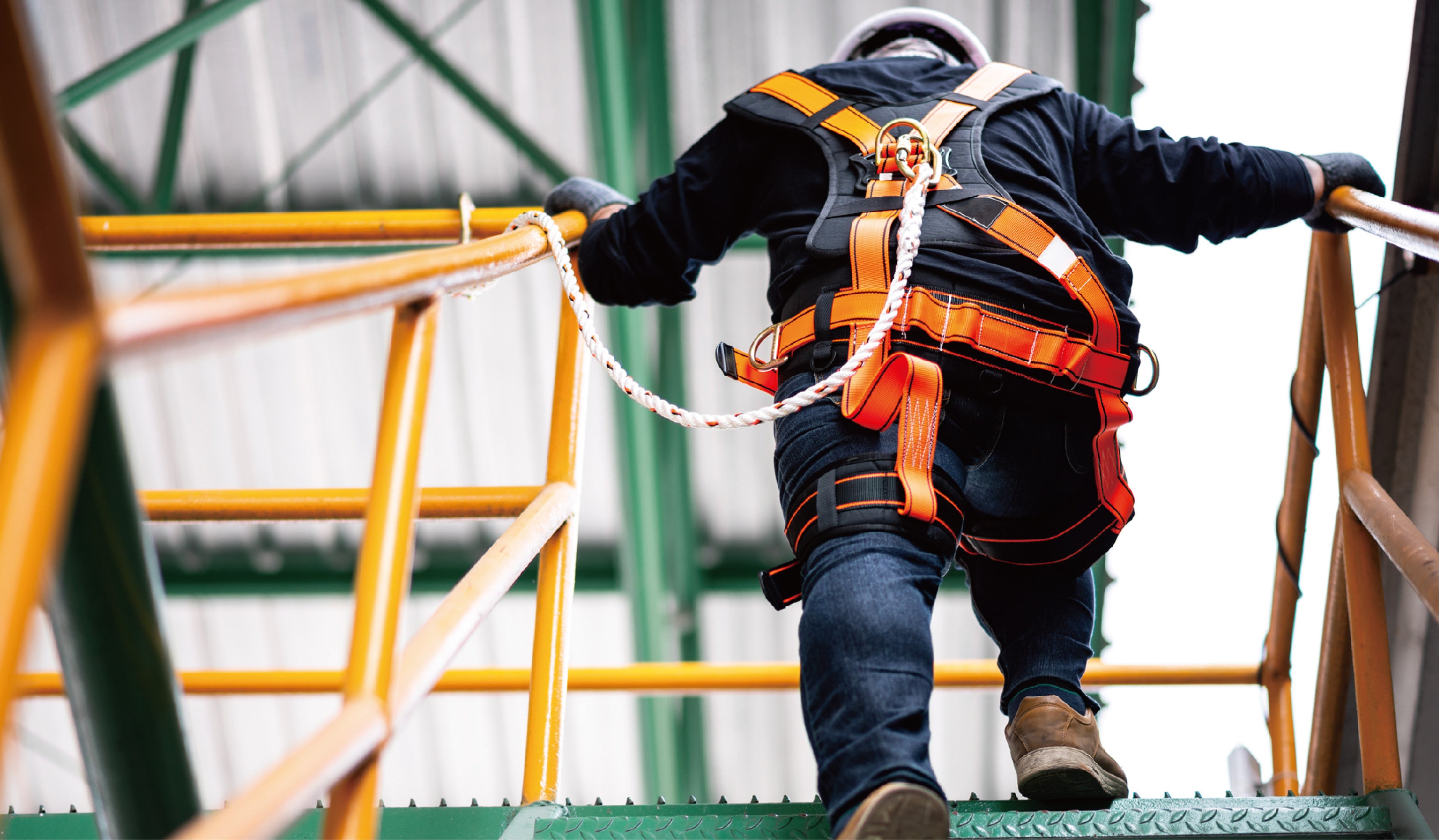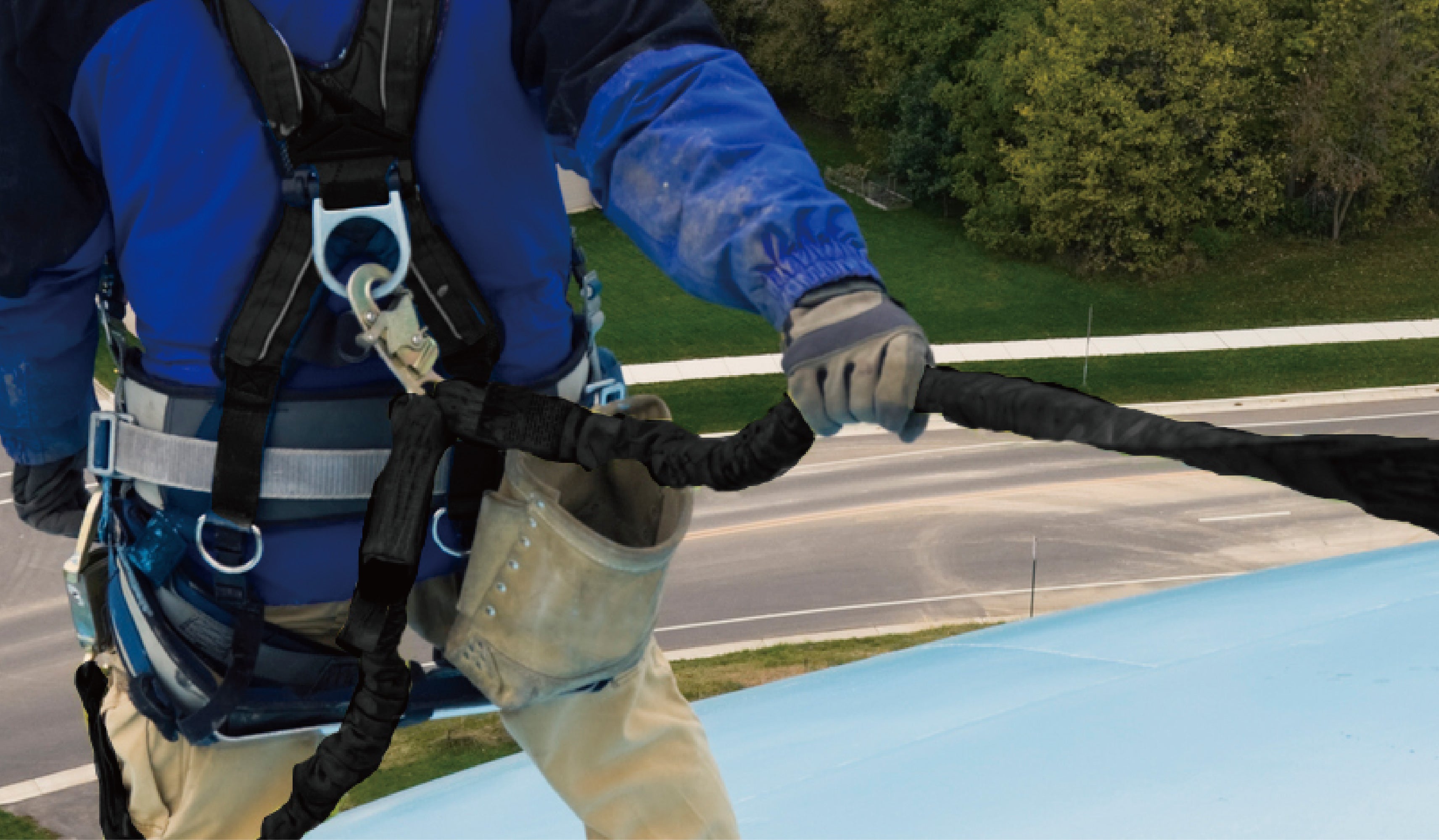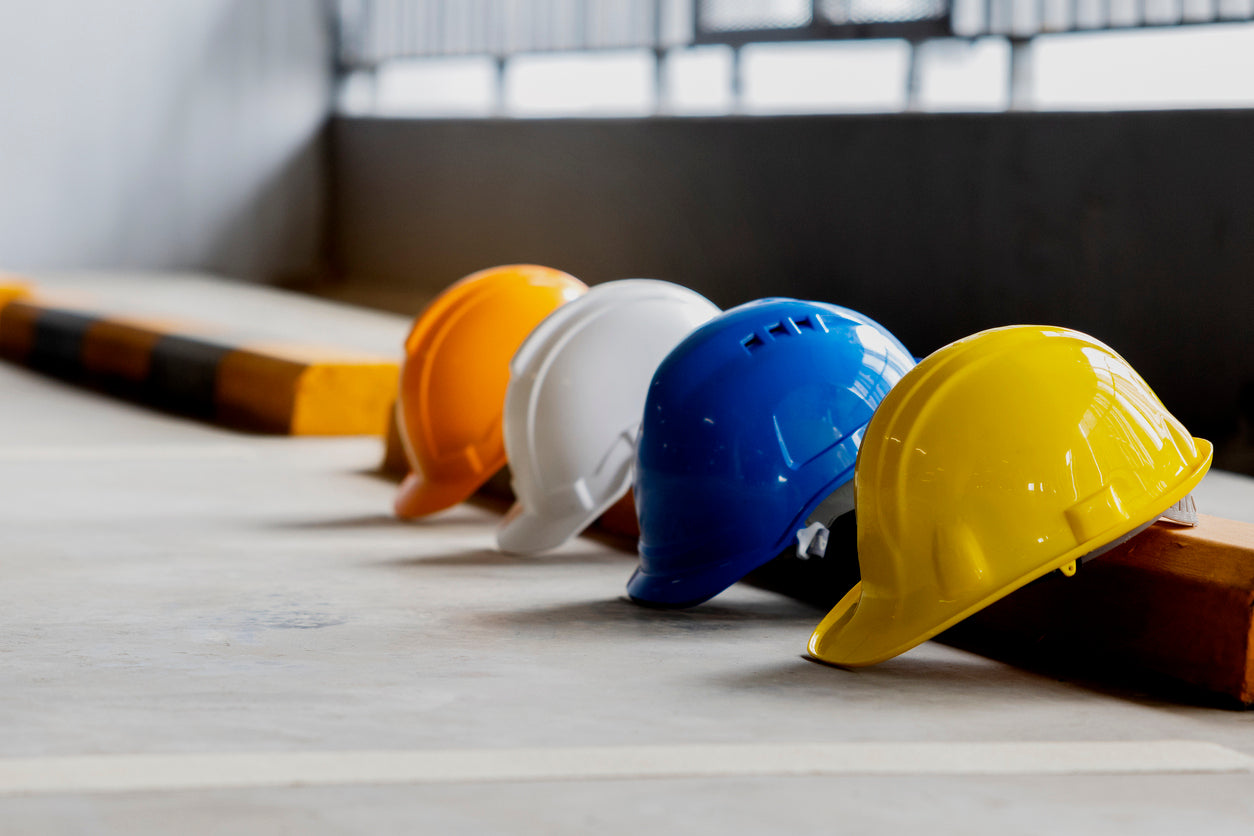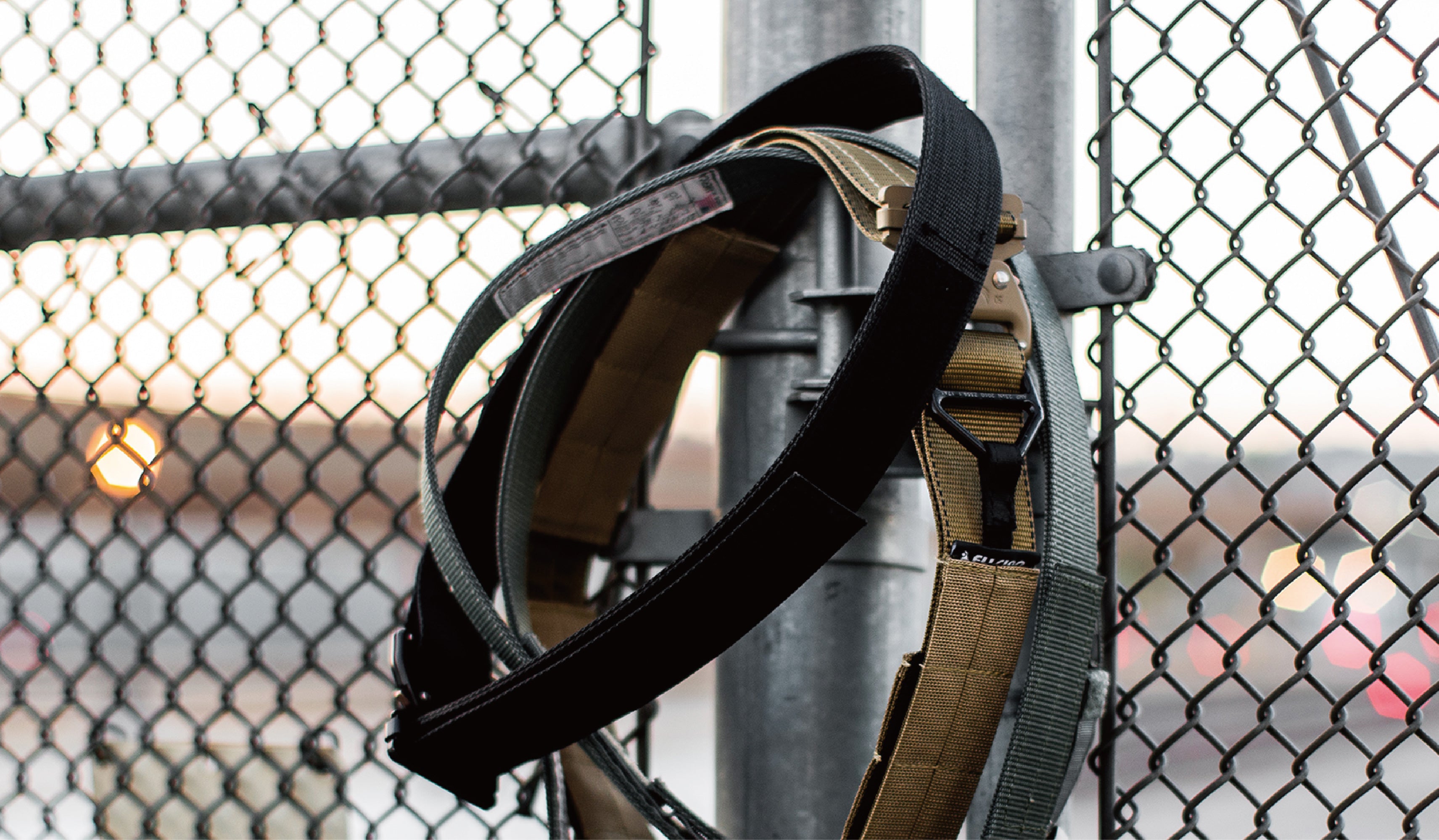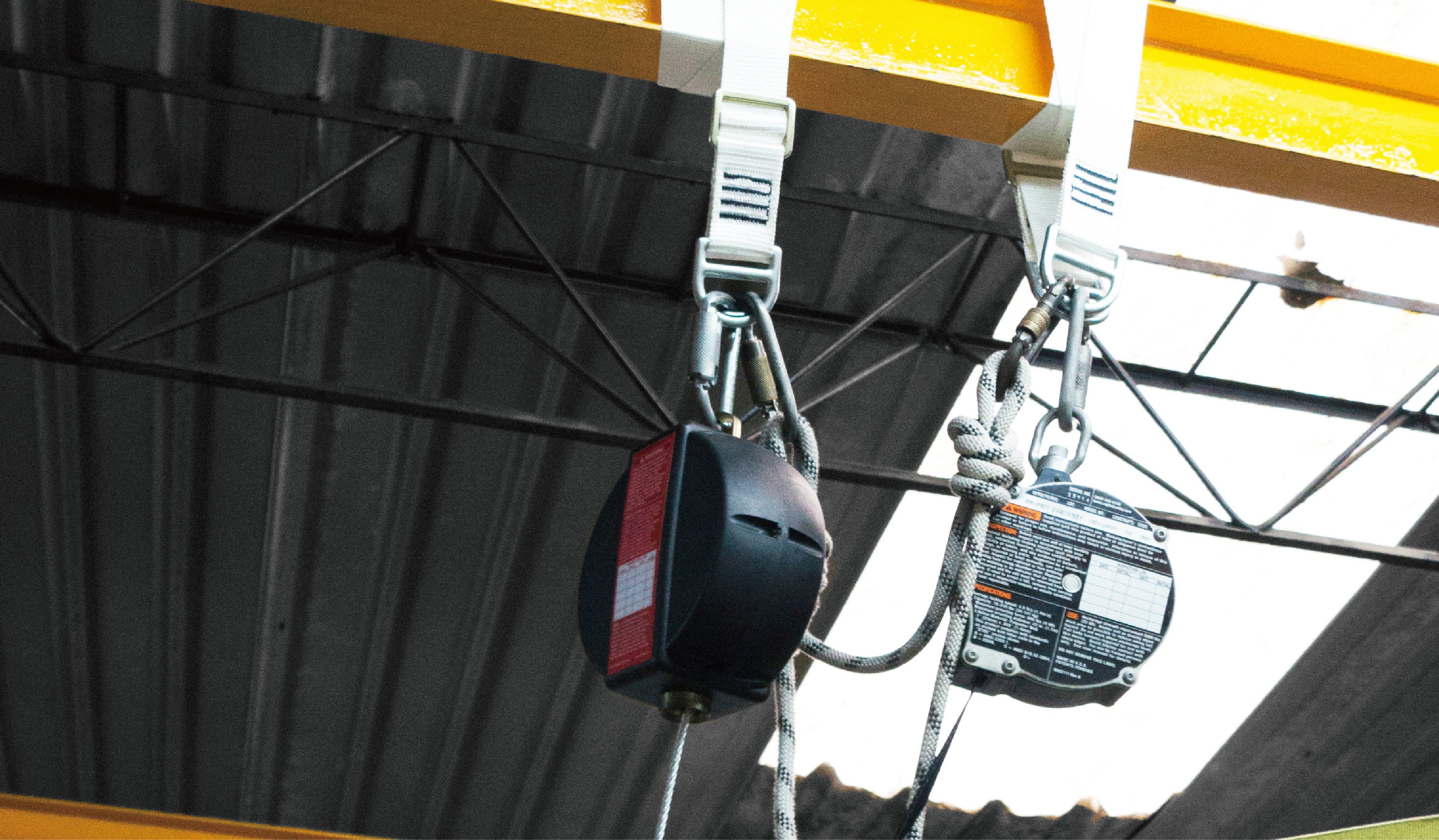When it comes to workplace safety, choosing the right personal protection equipment (PPE) is crucial. Different work environments present unique hazards, and selecting appropriate PPE helps protect workers from injuries, accidents, and long-term health issues. At Madaco Safety Products, we understand the importance of matching PPE to the specific risks of each job. This guide will help you identify the right PPE for various work settings, including the essential role of height safety systems for jobs at elevation.
Understanding Personal Protection Equipment (PPE)
Personal protection equipment includes items designed to shield workers from physical, chemical, electrical, or biological hazards. PPE can range from helmets, gloves, and safety glasses to respiratory protection and full-body harnesses. The choice of PPE depends on the nature of the hazards present in the work environment.
Selecting the correct PPE is not just about compliance but about actively preventing injuries and improving worker confidence and productivity.
Assessing Your Work Environment Hazards
The first step in choosing the right PPE is understanding the hazards in your work environment. Conducting a thorough risk assessment identifies the types of dangers workers may face. Some common categories include:
● Physical hazards: Falling objects, sharp edges, noise, extreme temperatures
● Chemical hazards: Exposure to harmful substances, fumes, or splashes
● Biological hazards: Bacteria, viruses, or other pathogens
● Electrical hazards: Contact with live wires or electrical equipment
● Height hazards: Working at elevations where falls could cause serious injury
By identifying these risks, you can select PPE that offers the best protection for your specific situation.
PPE for Different Work Environments
1. Construction Sites
Construction sites are high-risk areas with hazards such as falling debris, sharp tools, and heavy machinery. Key PPE includes:
● Hard hats to protect against head injuries
● Safety glasses or face shields for eye protection
● High-visibility clothing to increase worker visibility
● Steel-toe boots for foot protection
● Gloves suitable for handling rough materials
● Height safety systems, including harnesses and lifelines, are essential for workers operating at heights. These systems prevent falls and provide secure anchorage, making elevated work safer.
2. Chemical and Laboratory Settings
In chemical plants or labs, workers are exposed to hazardous substances. PPE requirements here focus on:
● Chemical-resistant gloves and aprons
● Goggles or full-face shields to protect eyes from splashes
● Respirators or masks to avoid inhaling harmful vapors
● Proper footwear resistant to chemical spills
● Ventilated suits may be required for highly toxic environments
3. Healthcare Facilities
Healthcare workers face biological hazards daily. PPE in these settings is designed to reduce infection risk, including:
● Medical gloves and gowns
● Surgical masks or respirators
● Face shields or goggles
● Proper disposal systems for contaminated PPE to prevent cross-contamination
4. Manufacturing and Industrial Plants
Manufacturing environments often involve noise, moving machinery, and heat exposure. PPE includes:
● Ear protection such as earmuffs or earplugs
● Gloves resistant to cuts, abrasions, or chemicals
● Safety boots
● Flame-resistant clothing for welding or high-heat work
● Eye protection against sparks or debris
5. Working at Heights
Any work involving ladders, scaffolding, or elevated platforms demands specific height safety systems to protect against falls, which are among the leading causes of workplace injuries. These systems include:
● Full-body harnesses
● Anchor points and lifelines
● Fall arrest devices
● Rope access equipment
Choosing the right height safety system depends on the work height, duration, and specific tasks. Proper training on equipment use is equally important.
How to Choose the Right PPE: Key Considerations
Selecting PPE is not one-size-fits-all. Here are some factors to keep in mind:
● Risk Level: Match PPE to the severity and type of hazard. More dangerous environments require higher levels of protection.
● Comfort and Fit: PPE should fit properly and be comfortable enough to wear throughout the work shift. Ill-fitting PPE reduces safety and worker compliance.
● Durability: Choose PPE made of materials suitable for the environment, whether heat-resistant, chemical-proof, or abrasion-resistant.
● Compliance: Ensure the PPE meets relevant safety standards and certifications.
● Training: Provide workers with proper instructions on how to use, maintain, and inspect PPE to ensure maximum effectiveness.
Why Choose Madaco Safety Products?
At Madaco Safety Products, we provide a comprehensive range of personal protection equipment (PPE) tailored for diverse industries. Our PPE products, including advanced height safety systems, are designed to meet rigorous safety standards while ensuring comfort and reliability. We support businesses in creating safer workplaces through expert guidance and high-quality products.
Whether you need equipment for construction, chemical handling, healthcare, or working at heights, Madaco Safety Products is your trusted partner for safety.
In Conclusion:
Choosing the right personal protection equipment depends on understanding the specific hazards of your work environment and selecting PPE designed to guard against those risks. From construction sites to healthcare facilities, and especially for tasks involving heights, proper PPE and height safety systems are critical for preventing injuries and saving lives.
Partner with Madaco Safety Products to get expert advice and quality safety gear tailored to your needs. Your safety is our priority.




